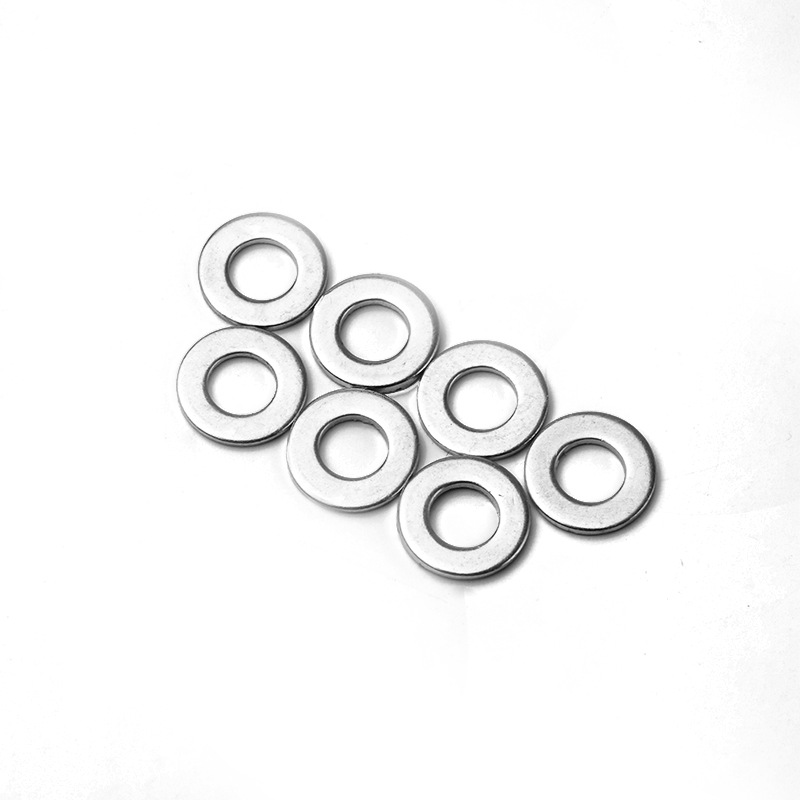

Understanding the Function and Types of Spring Washers and Regular Washers
Dez . 01, 2024 05:23 Back to list
Understanding the Function and Types of Spring Washers and Regular Washers
Understanding Spring Washers and Washers Their Roles and Applications
In the realm of mechanical engineering and hardware, small components often play crucial roles in ensuring the efficiency, safety, and longevity of machinery and structures. Among these components, washers and spring washers stand out for their unique functionalities and critical applications in various industries. This article aims to explore the characteristics, differences, and applications of these two essential components.
What are Washers?
A washer is a thin plate, typically circular in shape, that is used to distribute the load of a threaded fastener, such as a bolt or nut. By providing a larger surface area, washers help to prevent damage to the material being fastened, reduce the risk of loosening due to vibration, and improve the overall stability of the fastening system. Washers can be made from various materials, including metal, plastic, and rubber, depending on the application and environmental conditions.
There are several types of washers, including flat washers, lock washers, and fender washers. Flat washers are the most common type and are used primarily to reduce friction and wear. Lock washers, on the other hand, have a distinctive shape that helps them grip the fastener, which is particularly useful in applications where vibration may cause loosening. Fender washers are larger in diameter, providing extra support and load distribution, often used in automotive and construction applications.
What are Spring Washers?
Spring washers, also known as wave washers or Belleville washers, are a specific type of washer designed to exert a spring force. They are characterized by their curved shape, which allows them to compress slightly when a nut is tightened, providing tension and maintaining a constant load. This feature is particularly valuable in applications where vibration or thermal expansion can lead to loosening of fasteners.
spring washer and washer

Spring washers come in various forms, including conical, wave, and split designs. Each of these shapes offers different benefits conical spring washers can withstand axial loads, while wave washers provide even pressure and flexibility. Split washers, often referred to as lock washers, are designed to resist rotation and maintain tension, making them ideal for high-vibration environments.
Applications in Industry
The applications of washers and spring washers are abundant and diverse. In the automotive industry, both types are extensively used to secure components and withstand harsh conditions. For example, flat washers might be employed to distribute the load of a bolt in an engine assembly, while spring washers can be used in suspension systems where maintaining tension is crucial due to constant movement.
In the construction sector, washers are vital in ensuring the integrity of structures. Flat washers can help distribute the load when fastening beams together, preventing structural failure. Spring washers may be used in bolted connections that experience varying temperatures, which can cause expansion and contraction in materials.
In the electronics industry, washers play a role in securing circuit boards and components. Here, the precision of the fastening system must be maintained, and both flat and spring washers help ensure that components do not shift or loosen over time.
Conclusion
In conclusion, while washers and spring washers may appear to be simple components, their impact on mechanical systems is profound. By understanding the unique functions and applications of these two types of washers, engineers and manufacturers can make informed decisions that enhance the performance and reliability of their products. Whether used in automotive, construction, or electronics industries, washers are vital for maintaining the integrity of various applications, ensuring that machines and structures operate smoothly and safely. As technology evolves, the design and materials of washers will likely continue to improve, further reinforcing their significance in engineering and manufacturing.
Latest news
-
Hot Dip Galvanized Bolts-About LongZe|High Strength, Corrosion Resistance
NewsJul.30,2025
-
High-Strength Hot Dip Galvanized Bolts - Hebei Longze | Corrosion Resistance, Customization
NewsJul.30,2025
-
Hot Dip Galvanized Bolts-Hebei Longze|Corrosion Resistance&High Strength
NewsJul.30,2025
-
High-Strength Hot-Dip Galvanized Bolts-Hebei Longze|Corrosion Resistance&High Strength
NewsJul.30,2025
-
Hot Dip Galvanized Bolts-Hebei Longze|Corrosion Resistance&High Strength
NewsJul.30,2025
-
Hot Dip Galvanized Bolts - Hebei Longze | Corrosion Resistance, High Strength
NewsJul.30,2025

